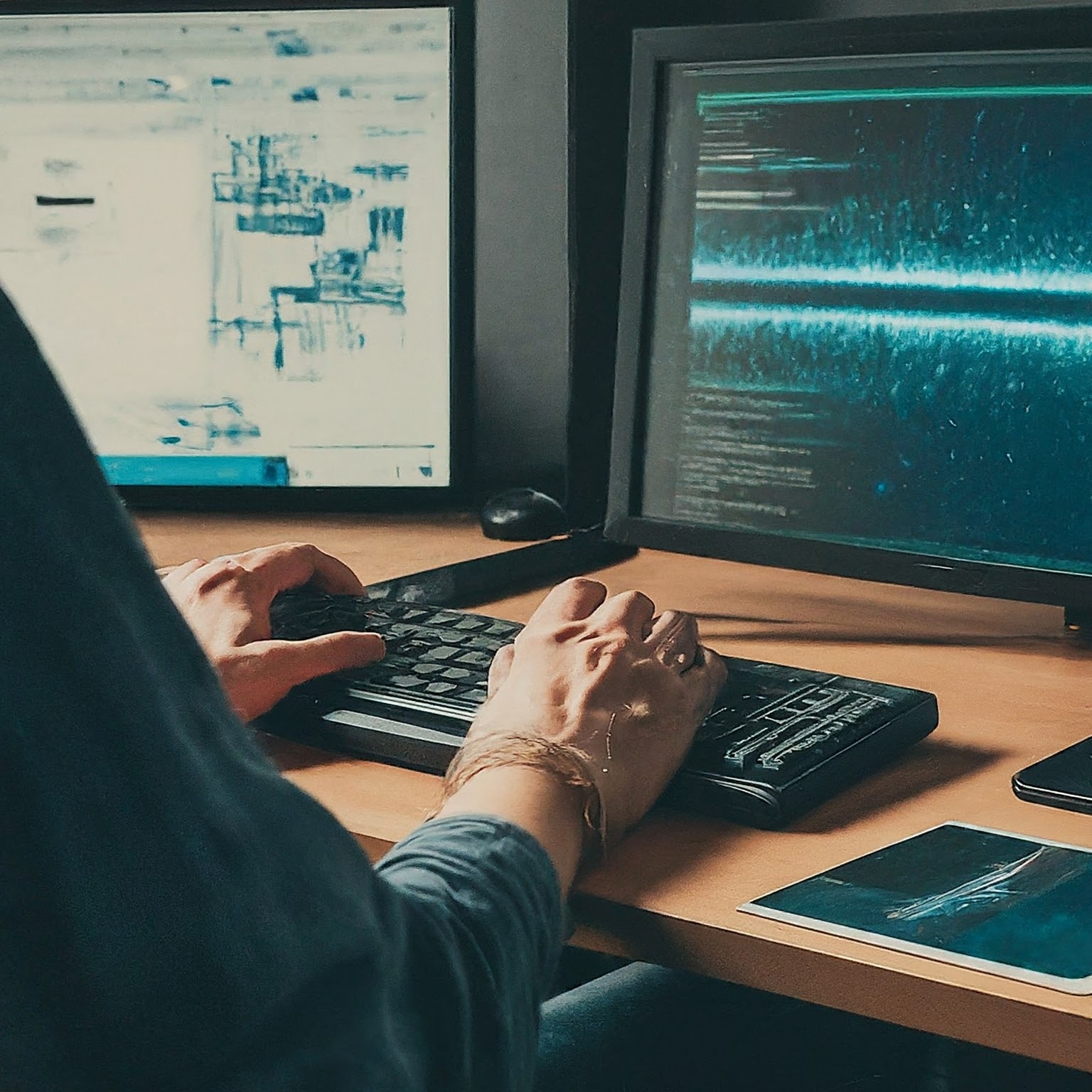In the realm of digital forensics, where every byte of data holds potential evidence, the ability to acquire and analyze digital information in a forensically sound manner is paramount. FTK Imager emerges as an indispensable tool in this domain, enabling investigators to create exact bit-by-bit copies of digital media, ensuring the integrity and admissibility of evidence in legal proceedings. This comprehensive article delves into the intricacies of FTK Imager, exploring its features, functionalities, applications, and significance in the field of digital forensics.

Understanding FTK Imager
FTK Imager is a free and open-source forensic imaging tool developed by AccessData. It allows investigators to create forensic images of various storage media, including hard drives, USB drives, memory cards, and even mobile devices. The images created by FTK Imager are exact replicas of the original media, capturing every bit of data, including deleted files and unallocated space.
Key Features and Functionalities
FTK Imager boasts a range of features that make it a powerful and versatile tool for digital forensic investigations:
- Image Acquisition: FTK Imager supports the acquisition of forensic images from a wide variety of storage media, including IDE/ATA/SATA drives, SCSI drives, USB drives, FireWire drives, and memory cards. It also supports the acquisition of logical drives and physical partitions.
- Image Verification: The tool employs hash algorithms (MD5, SHA1, SHA256) to verify the integrity of the acquired images, ensuring that they are exact copies of the original media.
- Multiple Image Formats: FTK Imager supports various image formats, including EnCase (.E01), SMART (.S01), and raw (dd). This allows for compatibility with other forensic analysis tools and facilitates collaboration between investigators.
- Evidence Drive Creation: FTK Imager can create evidence drives from forensic images, enabling investigators to mount and analyze the images as if they were physical drives.
- Preview and Triage: The tool offers a preview function that allows investigators to quickly assess the contents of an image before conducting a full analysis. This can help prioritize investigative efforts and identify potential areas of interest.
- Write Protection: FTK Imager enforces write protection on the source media during acquisition, preventing any accidental modifications that could compromise the integrity of the evidence.
- Ease of Use: The tool features a user-friendly interface, making it accessible to both novice and experienced investigators.
Applications of FTK Imager
FTK Imager finds extensive applications across various digital forensic investigations:
- Criminal Investigations: Law enforcement agencies use FTK Imager to acquire and analyze digital evidence in criminal cases, such as fraud, cybercrime, and child exploitation.
- Corporate Investigations: Corporations utilize FTK Imager to conduct internal investigations into data breaches, intellectual property theft, and employee misconduct.
- Incident Response: FTK Imager is often used in incident response scenarios to quickly acquire and preserve digital evidence, enabling timely analysis and remediation.
- eDiscovery: In legal proceedings, FTK Imager plays a crucial role in the eDiscovery process, facilitating the identification, collection, and preservation of electronically stored information (ESI).
Significance of FTK Imager in Digital Forensics
FTK Imager is considered a cornerstone of digital forensics due to several key reasons:
- Forensic Soundness: The tool adheres to strict forensic principles, ensuring the integrity and admissibility of acquired evidence in legal proceedings.
- Versatility: FTK Imager supports a wide range of storage media and image formats, making it adaptable to various investigative scenarios.
- Efficiency: The tool’s preview and triage capabilities enable investigators to quickly assess the contents of an image and prioritize their analysis efforts.
- Accessibility: As a free and open-source tool, FTK Imager is readily available to investigators worldwide, democratizing access to digital forensic capabilities.
Best Practices for Using FTK Imager
To ensure the effectiveness and integrity of your forensic investigations, consider these best practices when using FTK Imager:
- Write Protection: Always enable write protection on the source media before acquisition to prevent any accidental modifications.
- Hash Verification: Verify the integrity of acquired images using hash algorithms to ensure they are exact copies of the original media.
- Documentation: Maintain detailed documentation of the acquisition process, including the date, time, location, and any other relevant information.
- Chain of Custody: Establish and maintain a clear chain of custody for all acquired evidence to ensure its admissibility in legal proceedings.
- Training and Expertise: Invest in proper training and development to ensure that investigators are proficient in using FTK Imager and other forensic tools.
The Future of FTK Imager
As technology continues to advance at a rapid pace, so too does the field of digital forensics. FTK Imager is likely to evolve to keep pace with these changes, incorporating new features and capabilities to address emerging challenges. Some potential areas of development include:
- Support for New Storage Media: As new storage technologies emerge, FTK Imager will need to adapt to support the acquisition of forensic images from these devices.
- Enhanced Analysis Capabilities: The tool could potentially incorporate basic analysis features to enable investigators to conduct preliminary examinations of acquired images.
- Integration with Other Tools: FTK Imager could be further integrated with other forensic analysis tools to streamline the investigative workflow.
Conclusion
FTK Imager stands as a testament to the power of open-source software in the field of digital forensics. Its versatility, efficiency, and forensic soundness make it an indispensable tool for investigators worldwide. By adhering to best practices and staying abreast of the latest developments, investigators can leverage the capabilities of FTK Imager to uncover the truth hidden within digital evidence, ensuring justice is served and the integrity of digital information is preserved.